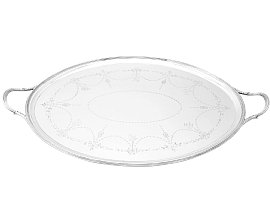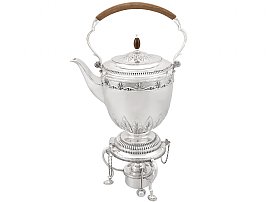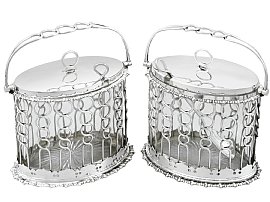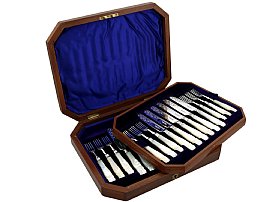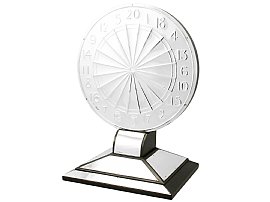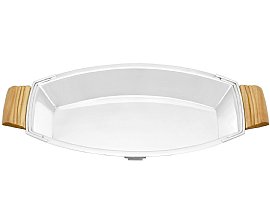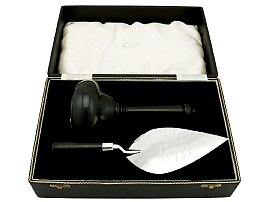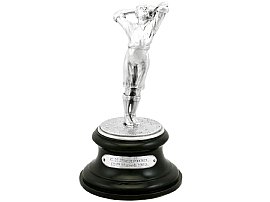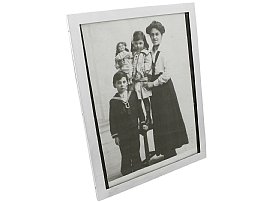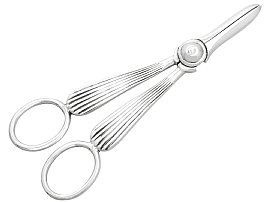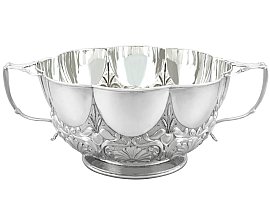James Dixon & Sons Ltd
It was Circa 1806 when James Dixon and Thomas Smith started manufacturing silver, in Silver Street, Sheffield. They were well known as manufacturers of electroplated Britannia metal, silverware, pewterware and electroplated nickel silver.
In 1820, they moved to a larger site on Cornish Place and Ball Street; the size allowed them to expand and enhance the offices, warehouses, casting shops and workshops.
It was in 1821 that the partnership broke down between Dixon and Smith. Thomas Smith withdrew and William Frederick Dixon, James’s eldest son joined the firm in 1823. Hence James Dixon & Son was created. It wasn’t until James Willis Dixon, the second son of James, joined the firm that the new title of James Dixon & Sons came into use in 1835.
In 1836, the firm began crafting forks and spoons out of nickel silver (an alloy of nickel, copper and zinc). Then, in 1848 they started to produce electroplated goods.
Several new buildings were constructed in the 1850s in Cornish Place, to make room for showrooms, a stamp shop and plating shops for the electroplate processes.
In 1851 James Dixon & Sons exhibited at the Great Exhibition, receiving several prizes of different classes for their efforts in silver and Britannia silver.
In the 1920s they started using stainless steel to make both hollowware and flatware. Their stainless steel forks and spoons carried the name "staybrite” and "Firth”, this is because Firth Brown was where "staybrite” steel was invented in the 1910s.
The firm was converted to a limited liability company in 1920. Then in 1930 the firm William Hutton & Sons Ltd of Sheffield was absorbed by James Dixon & Sons Ltd.
In the 1980s the firm filed for bankruptcy, and was absorbed into British Silverware Production circa 1984. The production in Cornish Place shut down in 1992.
The firm (included in British Silverware Production) was later acquired by Chase Montague & Thesco in 1993.
